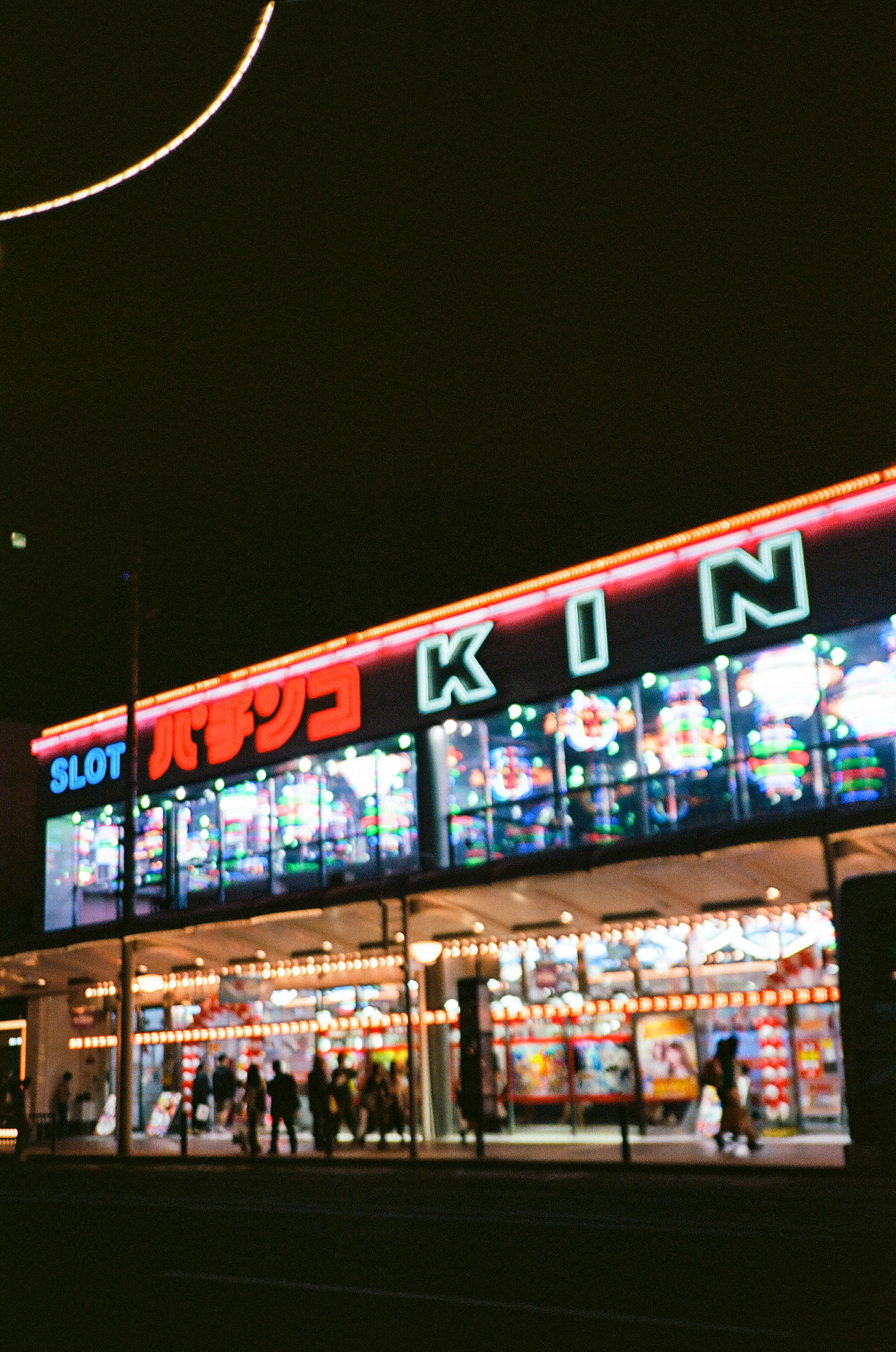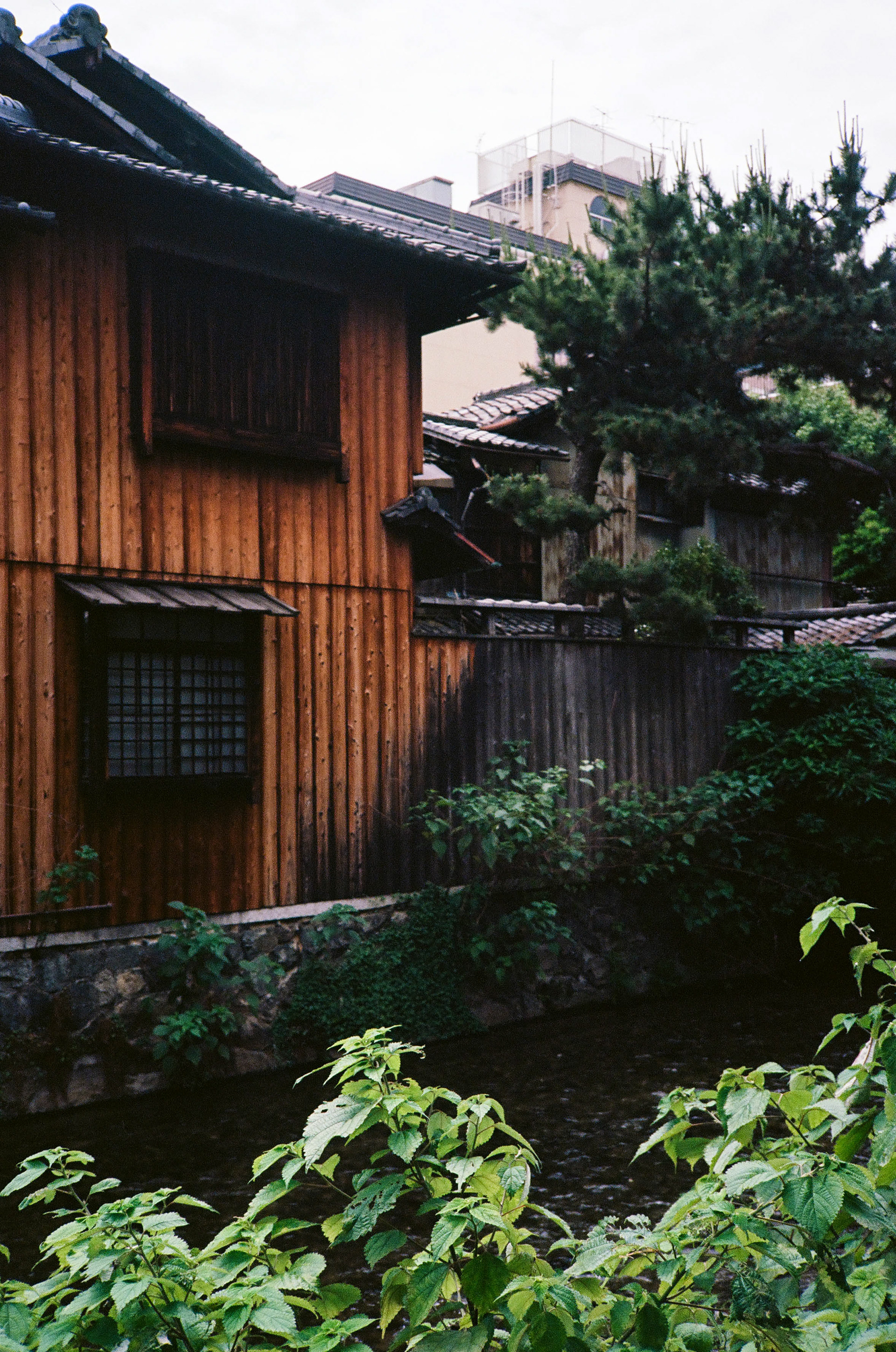I’ve created a page per city we visited (linked below in the travel breakdown).
This page will contain some more general thoughts and recs.
This page will contain some more general thoughts and recs.
📍 Google Maps
(note: we did not go to all of these places but these were all places that were recommended to us)
(note: we did not go to all of these places but these were all places that were recommended to us)
After a lifetime of talking about it, we made it to Japan!!!
And it truly was a dream come true. With my dad being Okinawan, we’ve always wanted to make a trip out to learn more about our roots.
In the 10 days we were there, we visited the following
This breakdown worked great for us but if we had extra days, we would have fed it into Kyoto — I feel like we barely scratched the surface there. We also would have taken some day trips to the smaller, quieter towns. We were recommended Hakone, Hakuba, and Onsens just outside Kyoto.
Also, we were set on visiting Okinawa because of our roots but if you do have not ties to it and are limited on time… I would skip it (with a heavy heart). Only because getting there and back eats up nearly 2 whole days. But if you can swing it, you’re in for a wonderful, tropical treat.




Language & Culture
Though I’ve been to plenty of countries where I’ve had minimal understanding of the language, Japan felt like being dropped into a Midjourney dream. Words on signs looked like a combination of random shapes and lines and I was never completely certain of what I was doing. Once we (read I) partially overcame the constant fear of accidentally offending anyone and the self consciousness of feeling like a complete idiot, the fun truly began.
Luckily, the Japanese people we encountered were truly the kindest, most patient people. They went above and beyond to be as helpful as possible. And while I attempted to learn some basic phrases (the extent a 12 hour flight Duolingo/Mango lesson could take me), they always met us more than halfway in our broken communication. That being said, here are some crude phonetic break downs of some phrases that helped me:
Ohaiyo go-za-eee-mas: polite good morning
Arigato go-za-eee-mas: polite thank you
Sumimasen: excuse me
Go-men-a-sai: sorry (bump into someone)
Go-men-ko-da-sai: sorry
Anata-wah ee-go hana-shee-mas-ka? Do you speak english?
Ne-hon-go ga wah-kah-ra-nai: I don’t understand Japanese
Wa-ta-shee-wa nee-hong-go waka-ree mas-sen: I don’t speak Japanese
Oh-eee-she: Yummy!
Arigato go-za-eee-mas: polite thank you
Sumimasen: excuse me
Go-men-a-sai: sorry (bump into someone)
Go-men-ko-da-sai: sorry
Anata-wah ee-go hana-shee-mas-ka? Do you speak english?
Ne-hon-go ga wah-kah-ra-nai: I don’t understand Japanese
Wa-ta-shee-wa nee-hong-go waka-ree mas-sen: I don’t speak Japanese
Oh-eee-she: Yummy!
(I set a screenshot of these phrases as my lock screen and found that to be very helpful!). When in doubt on how to pronounce something, distribute equal importance. In general, the Japanese don’t emphasis any syllables.




Random things I wish I knew
If you fly ANA (and I think this goes for most Asian airlines) they will weigh ALL your bags — check-in, carry-on, personal. They are very strict about it.
I highly recommend traveling with just a carry-on since you’ll probably never take a taxi and lugging a big checked bag through the subway station is kind of a pain.
Try to avoid commuter times (especially if you have luggage with you) since the subways get very packed.
Pack an extra duffle for your shopping. I swore up and down I wouldn’t do any shopping and still fell victim. I brought this Tumi bag that I love and it served me well — so on the way back, I checked my hard case carry-on and used this tote as my “carry-on”.
Driving happens on the opposite side of the road and so does walking, standing on the escalator, etc.
It’s disrespectful to walk and eat at the same time. If you’re grabbing a quick bite, it’s best to pull over, eat, and then continue on with your day.
You cannot bring food/drink from one place into another. They’re also very strict about this.
Trash cans are rare, so I suggest bringing little trash bags to keep in your bag for the trash you accumulate throughout the day.
It’s not a bad idea to bring some greens/vitamin tablets for the days you don’t get as much veg in.




Transportation
Public Transportation: Tokyo has beautiful, wonderful, magnificent public transportation system. You’ll likely ride the subway, train (JR), and bus (Google Maps will tell you which makes the most sense for you commute). You will be required tap both in and out of your stations and your fare price will depend on the distance traveled. For all, you can use a Suica card, which you can download and load money through your Apple Wallet. Keep in mind, you can’t get money back from your Suica card after you put it in, so it’s easiest to do some mental math and refill it every day/few days (though you can use these at konbinis!)
Important note: If you are taking the bullet train from one city to another (ie. Tokyo to Kyoto), you will likely tap into the subway in Tokyo, take a bullet train to Kyoto, tap out of a subway station in Kyoto. HOWEVER, this confuses the system and it thinks you never tapped out of Tokyo - therefore, it will not let you tap into Kyoto the next time you try to. There are two solves here:
1. You can get your Suica card cleared/reset in your new city by speaking to an agent. Trying to communicate this can be tricky and took us a few tries so if that sounds stressful to you…
2. You can buy a different Suica cards for each city you’re in. Honestly, this probably the best move and I kind of wish we just did this.
Shinkansen: This is the bullet train and what you’ll likely take between Tokyo and Osaka/Kyoto. If you don’t get a chance to see Mount Fuji, this is a great opportunity for you to see it!
Tokyo → Osaka: sit on the right side.
Osaka → Tokyo: sit on the left side.
Osaka → Tokyo: sit on the left side.
This is a scheduled ticket and you’ll what to buy it ahead of time so you can pick the window seat on the correct side. The sooner the better and you can do this at a kiosk at the train station.
Narita Express: We flew through the Narita Airport, so the easiest way in and out of Tokyo was using the Narita Express - a train that makes minimal to no stops between the airport and Tokyo Station (it may or may not ride express to other major stations but this is the one we used). This is different than the Shinkansen so be sure you’re buying the correct ticket.
This is a scheduled ticket can be bought ahead of time or a few minutes before your ride.